| jump_all | jump_back | jump_next | jump_random | fig_id | title | instructor | credits | extra | reserved | class1_subjectcourse | class1_title | class1_meeting | class1_ethnic | class1_gened | class1_breadth | class1_level | class1_honors | class1_credit | class1_classnumber | class2_subjectcourse | class2_title | class2_meeting | class2_ethnic | class2_gened | class2_breadth | class2_level | class2_honors | class2_credit | class2_classnumber | class3_subjectcourse | class3_title | class3_meeting | class3_ethnic | class3_gened | class3_breadth | class3_level | class3_honors | class3_credit | class3_classnumber | class4_subjectcourse | class4_title | class4_meeting | class4_ethnic | class4_gened | class4_breadth | class4_level | class4_honors | class4_credit | class4_classnumber | fig |
|---|---|---|---|---|---|---|---|---|---|---|---|---|---|---|---|---|---|---|---|---|---|---|---|---|---|---|---|---|---|---|---|---|---|---|---|---|---|---|---|---|---|---|---|---|---|---|---|---|---|---|
| all | previous | next | random | 91 | Art and Artists: Foundations of Contemporary Practice Option A | 6 | for students advised by the School of Education | Art Department 107 | Introduction to Digital Forms | LEC 1: Online Only (Asynchronous) + Lab 307: Online Only (Synchronous), R 1:20–3:15 | Elementary | 3 | 37297 | Art Department 208 | Current Directions in Art | LEC 1: Online Only (Asynchronous) + DIS 308: Online Only (Synchronous), F 11:00–11:50 | Humanities | Elementary | 3 | 22126 | 2021spring91 | |||||||||||||||||||||||||||||
| all | previous | next | random | 92 | Art and Artists: Foundations of Contemporary Practice Option B | 6 | for students advised by the School of Education | Art Department 107 | Introduction to Digital Forms | LEC 1: Online Only (Asynchronous) + DIS 304: Online Only (Synchronous), T 1:20–3:15 | Elementary | 3 | 37271 | Art Department 208 | Current Directions in Art | LEC 1: Online Only (Asynchronous) + DIS 309: Online Only (Synchronous), F 12:05–12:55 | Humanities | Elementary | 3 | 22127 | 2021spring92 | |||||||||||||||||||||||||||||
| all | previous | next | random | 93 | Pharmacy and You | Denise Walbrandt Pigerelli, Michael Pitterle, Amy Zwaska | 4 | Pharmacy 125 | Exploring Pharmacy I | LEC 1: Online Only (Synchronous), T 8:35–10:30 | 2 | 35710 | Pharmaceutical Sciences 310 | Drugs and Their Actions | Lec 1: Online Only (Synchronous), TR 11:00–11:50 | Biological Science | Intermediate | 2 | 37491 | 2021spring93 | ||||||||||||||||||||||||||||||
| all | previous | next | random | 94 | Communication, Community, and Democracy | Kathy Cramer | 7 | Political Science 201 | Hearing Public Opinion in Democracy | LEC 1: Online Only (Synchronous), TR 9:30–10:45 | Social Science | Elementary | 3 | 40677 | Journalism and Mass Communication 201 | Introduction to Mass Communication | LEC 1: Online Only (Synchronous), MWF 9:55–10:45 + DIS 305: Online Only (Synchronous), M 4:00–5:15 | Communication Part B | Social Science | Elementary | Honors Optional | 4 | 25261 | 2021spring94 | ||||||||||||||||||||||||||
| all | previous | next | random | 95 | Health Careers in a Diverse and Digital Work Place | Greg Downey | 6 | Interdisciplinary Courses (L&S) 215 | Communicating About Careers | LEC 1: In-Person Instruction, T 2:30-3:45 OR LEC 2: Online Only (Synchronous), T 2:30–3:45 + DIS 301: Online Only (Synchronous), R 2:30-3:45 | Communication Part B | Social Science | Elementary | 3 | 38812 | Gender and Women’s Studies 103 | Gender, Women, Bodies, and Health | LEC 1: Online Only (Synchronous), MW 12:05–12:55 + DIS 307: Online Only (Synchronous), R 12:05–12:55 | Natural Science | Elementary | 3 | 25358 | 2021spring95 | |||||||||||||||||||||||||||
| all | previous | next | random | 96 | Yoga in Poetry and Pose | Chris Livanos | 6 | Interdisciplinary Courses (L&S) 103 | Yoga in Poetry and Pose | Seminar 1: Online Only (Synchronous), TR 9:30–10:45 | Literature | Elementary | 3 | 46174 | Interdisciplinary Courses (SOHE) 201 | Belonging, Purpose and the Ecology of Human Happiness: EcoYou | LEC 1: Online Only (Asynchronous) + Disc 303: Online Only (Synchronous), F 12:05-12:55 | Social Science | Elementary | 3 | 34542 | 2021spring96 | ||||||||||||||||||||||||||||
| all | previous | next | random | 97 | The Life of Primates | Richard McFarland | 6 | Anthropology 120 | The Life of Primates | Seminar 1: In-Person Instruction, TR 2:30–3:45 | Elementary | 3 | 45135 | Zoology 101 | Animal Biology | Lec 2: Online Only (Synchronous), MWF 12:05–12:55 | Biological Science | Elementary | Honors Optional | 3 | 25146 | 2021spring97 | ||||||||||||||||||||||||||||
| all | previous | next | random | 98 | American Identity and the American Dream | Sarah Wood | 6 | English 173 | American Identity | Lec 1: Online Only (Synchronous), MW 2:30–3:45 | Ethnic Studies | Literature | Elementary | 3 | 44422 | Gender and Women’s Studies 101 | Gender, Women, and Cultural Representation | LEC 1: Online Only (Synchronous), MW 11:00–11:50 + Disc 301: Online Only (Synchronous), R 11:00-11:50 | Humanities | Elementary | 3 | 39987 | 2021spring98 | |||||||||||||||||||||||||||
| all | previous | next | random | 99 | Where Engineering Meets Society: Science & Social Conflict- now closed | Daniel Williford | 7 | for students advised by the College of Engineering | Science and Technology Studies 201 | Where Science Meets Society | LEC 1: Online Only (Synchronous), MW 1:20–2:10 + DIS 301: Online Only (Synchronous), F 1:20-2:10 | Humanities or Social Science | Intermediate | 3 | 43753 | Mathematics 222 | Calculus And Analytic Geometry 2 | LEC 1: Online Only (Asynchronous) + DIS 305: Online Only (Synchronous), TR 9:55–10:45 | Quantitative Reasoning Part B | Natural Science | Intermediate | 4 | 28989 | 2021spring99 | ||||||||||||||||||||||||||
| fig |
| description | grid | fig | |
|---|---|---|---|
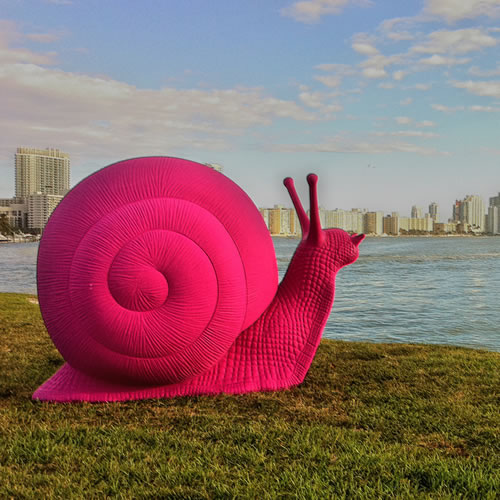 This FIG offers the beginning art student the remaining foundation classes which are required for the Bachelor of Science in Art, Bachelor of Fine Arts, and Bachelor of Science in Art Education degree programs, as well as the graphic design options in both the Bachelor of Science in Art and Bachelor of Fine Arts. The Art Department has been offering this FIG for the many years. Art majors are very enthusiastic about this program. They enjoy the sense of community and have reaped the benefits of beginning their undergraduate careers as a team, helping each other develop their technical drawing and design skills, while simultaneously being introduced to contemporary and historical practices in art. Art 107: “Introduction to Digital Forms” leads students through a series of projects that develop and hone their digital imaging skills and vocabulary. They will be asked to challenge themselves to consistently build upon existing skills and ideas, and to strive for excellence in the successful combination of idea and form in all their work. Art 208: “Current Directions in Art” surveys the contemporary landscape of artists and art movements that are informing current art practices. This course provides the springboard for new art students to launch their own unique, artistic visions. Another version of this FIG, Option B, includes the same classes with labs and discussions on different days and/or times. Historically, spring semester Art FIGs have included Art 104: “Three-Dimensional Design” as a third class. Due to the pandemic and need for safe distancing, it’s recognized that some students will not be able to participate in a face-to-face class. Therefore, students are strongly encouraged, but not required, to enroll in the Art 104: “Three-Dimensional Design” section of your choice. Students may also defer taking Art 104 until their second year. You are also strongly encouraged to sign up for Art 508: “Colloquium in Art.” This one-credit class will introduce you to nationally and internationally recognized art professionals. Students enrolling in an Art FIG will be asked to provide their own laptops outfitted with Adobe Creative Cloud. Recommended systems are:
or
Memory upgrades and a three-year Apple Computer warranty strongly suggested. |
2021spring91 | ||
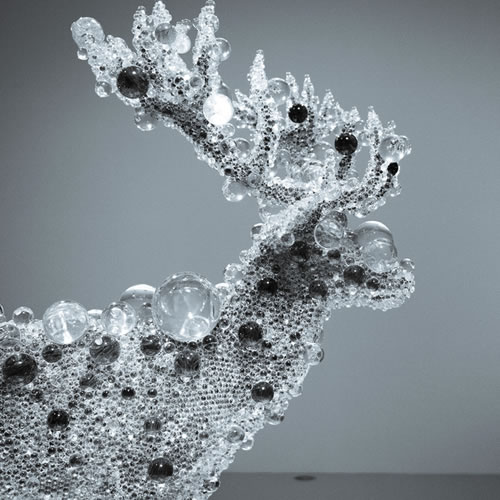 This FIG offers the beginning art student the remaining foundation classes which are required for the Bachelor of Science in Art, Bachelor of Fine Arts, and Bachelor of Science in Art Education degree programs, as well as the graphic design options in both the Bachelor of Science in Art and Bachelor of Fine Arts. The Art Department has been offering this FIG for the many years. Art majors are very enthusiastic about this program. They enjoy the sense of community and have reaped the benefits of beginning their undergraduate careers as a team, helping each other develop their technical drawing and design skills, while simultaneously being introduced to contemporary and historical practices in art. Art 107: “Introduction to Digital Forms” leads students through a series of projects that develop and hone their digital imaging skills and vocabulary. They will be asked to challenge themselves to consistently build upon existing skills and ideas, and to strive for excellence in the successful combination of idea and form in all their work. Art 208: “Current Directions in Art” surveys the contemporary landscape of artists and art movements that are informing current art practices. This course provides the springboard for new art students to launch their own unique, artistic visions. Another version of this FIG, Option A, includes the same classes with labs and discussions on different days and/or times. Historically, spring semester Art FIGs have included Art 104: “Three-Dimensional Design” as a third class. Due to the pandemic and need for safe distancing, it’s recognized that some students will not be able to participate in a face-to-face class. Therefore, students are strongly encouraged, but not required, to enroll in the Art 104: “Three-Dimensional Design” section of your choice. Students may also defer taking Art 104 until their second year. You are also strongly encouraged to sign up for Art 508: “Colloquium in Art.” This one-credit class will introduce you to nationally and internationally recognized art professionals. Students enrolling in an Art FIG will be asked to provide their own laptops outfitted with Adobe Creative Cloud. Recommended systems are:
or
Memory upgrades and a three-year Apple Computer warranty strongly suggested. |
2021spring92 | ||
 Are you considering a possible career in pharmacy? Would you like to learn more about contemporary pharmacy practice and postgraduate opportunities? In Pharmacy 125: “Exploring Pharmacy I” we will consider:
Class time will include regular discussion and integration of Pharmaceutical Science 310 content as well as use of case studies, guest instructors, readings, videos, and reflective assignments. First-year pharmacy students will serve as FIG mentors in the class. The class will be reflective and interactive in nature to develop communication, critical/analytical thinking, and problem-solving skills. You will work on assignments and projects both individually and in small groups and will present information to the larger class to enhance teamwork and communication skills. Pharmaceutical Sciences 310: “Drugs and Their Actions” — Introduces you to the biological effects of drugs on human health. Emphasis on how drugs, especially those used in diseases of major human health significance, act in the body. Drugs that are abused also will be covered. |
2021spring93 | ||
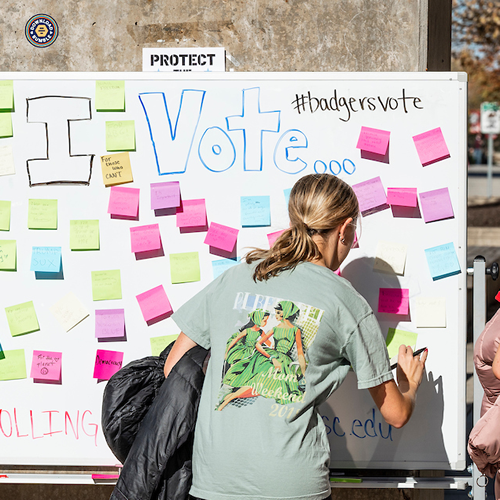 The main seminar, Political Science 201: “Hearing Public Opinion in Democracy,” will enable students to consider their own conception of good citizenship while engaging with other students on campus through a community communication program called the Local Voices Network (LVN). LVN fosters conversations in communities and in the news media that help us understand each other better and improve the quality of communication around public issues. Prof. Cramer helped design this program which is operated by Cortico, a nonprofit affiliated with the MIT Media Lab. The LVN program facilitates conversations around broad questions like:
You will consider these issues in relation to current conceptions of citizenship with an aim toward understanding the kinds of civic engagement and political communication that can effectively bridge divides. You will have a chance to engage in the LVN as participants, facilitators (if that appeals), and recruiters to engage a wide range of student voices on campus. Our goal is to foster understanding and to develop skills for communicating effectively within a democratic society. The other class in this FIG will enhance our understanding of these issues their connection to mass media. Journalism and Mass Communication 201: “Introduction to Mass Communication” — Examines how the mass media are organized and how they function in modern society; their technological basis, economic and political foundations, and social implications. |
2021spring94 | ||
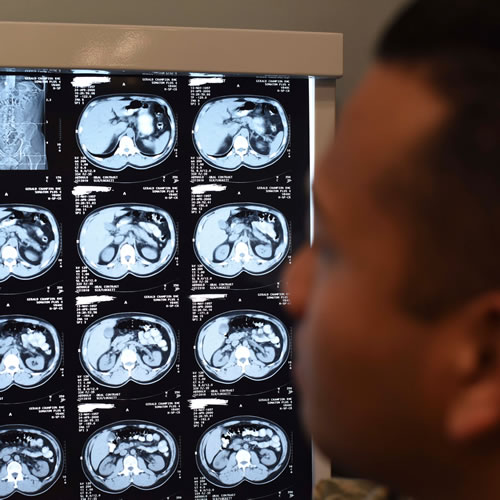 The main seminar, Interdisciplinary L&S 215: “Communicating about Careers,” explores the meaning and value of a liberal arts and sciences education for careers in the global, technological, and multicultural workplace of the 21st century, regardless of your major. Through a series of individual and collaborative research and communication assignments that meet the learning objectives of the Communications B general education requirement, you will learn to critically analyze the career and education implications of a diverse and digital workplace, and to critically reflect on your own strengths and values as you prepare to connect your college work with lifelong career success. The special discussion section associated with this FIG will focus specifically on careers in the health professions. The content of the linked course will also inform our understanding of this topic. Students can choose the mode of instruction for course lecture (LEC 1: In-Person Instruction OR LEC 2: Online Synchronous). Gender and Women’s Studies 103: “Women’s Bodies in Health and Disease” — Examines both physiological and social processes relating to gender and health across the lifespan among cisgender, transgender, and non-binary individuals. Examples of topics include hormonal processes, reproductive anatomy & physiology, sexuality, sexual pleasure, chronic illness, depression, and sexual violence. A primary course objective is for students to connect information about their bodies and personal health to larger social and political contexts. In particular, the course considers how health and health disparities are shaped by multiple kind of social inequalities, particularly inequalities based on gender. |
2021spring95 | ||
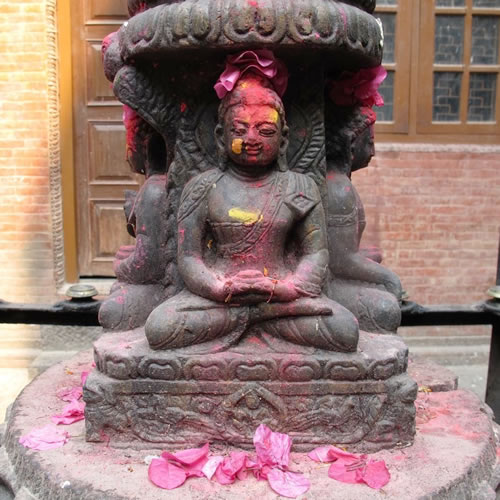 In Interdisciplinary Courses (L&S) 203: “Yoga in Poetry and Pose,” we will study yoga as it is taught and represented in the classic literary texts of several South Asian Cultures. In discussing poems and songs from traditions as diverse as Tibetan Buddhism, Kashmiri Shaivism, and Hindu Epic, we will examine how these expressions of yoga have impacted the lives of practitioners in different cultures and how they relate to yoga as it continues to be practiced in various forms today. Our readings will also look into connections between yoga and spiritual practices such as Sufi mysticism and Zen meditation. Interdisciplinary Courses (SoHE) 201: “Belonging, Purpose, and the Ecology of Human Happiness: EcoYou” — This class explores the art and science of purposeful living by integrating academic knowledge with issues real and relevant to students’ lives including: identity and belonging; happiness, purpose and meaning; self-awareness and self-presentation; romantic, peer and family relationships; material culture, consumer behavior and financial well-being; and connections to community, culture, and society. From the microbes that inhabit our guts to political revolutions sparked by a tweet, human lives are embedded in an ecology of complex, interdependent systems. Using the lens of human ecology, you will address “big questions” like: How am I connected to others and to larger systems? What brings happiness and works for the “greater good” in human lives? An overarching goal of the class is to help you understand yourself as embedded in the web of ever-evolving interconnected networks, an “EcoYou.” Human ecology is a systems approach to studying and understanding relationships between humans and their everyday environments; it is a civic and socially conscious orientation that is committed to understanding and improving the quality of human lives. Human ecology is inherently interdisciplinary drawing on research, theories and methods from diverse fields such as sociology, psychology, anthropology, economics, public health, biology, and art and design. |
2021spring96 | ||
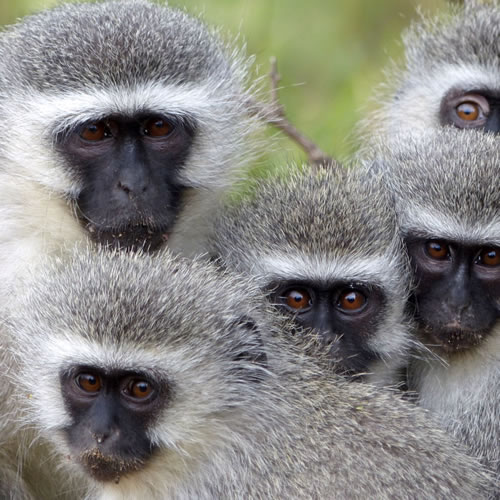 The main seminar, Anthropology 120: “The Life of Primates,” will provide an introduction to the lives of our primate relatives. We will explore the diversity and distribution of the nonhuman primates, examining various aspects of their behavior, ecology, and physiology. Primates are intensely social species. We will study an array of behavioral adaptations that allow primates to live in groups, form and maintain social relationships, communicate with one another, and maximize their survival and reproductive success. The “Animal Biology” class will add to our understanding of these topics. Zoology 101: “Animal Biology” — Provides an introduction to general biological principles. Topics include: evolution, ecology, animal behavior, cell structure and function, genetics and molecular genetics, and the physiology of a variety of organ systems emphasizing function in humans. |
2021spring97 | ||
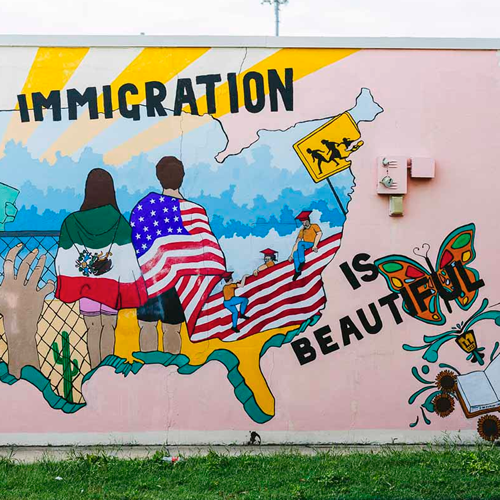 In the main seminar, English 173: “American Identity,” we will read authors who explore ideas of identity and the American Dream. We will consider a series of “outsider” perspectives on what the American Dream looks like in contemporary American culture. Among the pieces we will explore are Sandra Cisneros’s The House on Mango Street, Linda Hogan’s Power (Native American coming-of-age story set at the intersection of white culture and native culture), Danez Smith’s Don't Call Us Dead poetry collection about being a black gay man in America, and Chimamanda Ngozi Aditchie’s Americanah about a Nigerian immigrant to America—plus more! The other class in this FIG will add to our exploration of these issues. Gender and Women’s Studies 101: “Gender, Women, and Cultural Representation” — This is a humanities-oriented analysis of conditions and cultural representations of women, men, and other people within the social and historical contexts of race, class, gender, sexuality, and disability through engagement with a range of traditions and modes of representation including history, literature, mass media and popular culture. The class has a particular focus on the experiences and representations of women in the United States, but will also bring in comparisons with other geographical and historical contexts as well as the perspectives of transgender, genderqueer, and male-identified people. |
2021spring98 | ||
 Engineering is always about more than finding solutions to technical problems. Engineers contend with many “nontechnical constraints” that shape their work, including aesthetic and ethical considerations, as well as the historical, social and political contexts in which they do their work. This FIG is designed to give engineering students a chance to make progress on a common requirement (Math 222) while fulfilling a breadth requirement (either humanities or social science) with a class that encourages you to consider the ways that engineering and technology are entwined in our social, cultural, economic, moral, and political lives. The main seminar in this FIG will be a section of Science and Technology Studies 201: “Where Science Meets Society,” tailored to address the intersections among engineering, design, policy and ethics. In other words, it is designed to help future engineers deepen their understandings of their work by integrating human and social understandings of engineering into their professional practice. The course will address questions such as:
Mathematics 222: “Calculus and Analytic Geometry 2” — The second in the standard calculus series at UW–Madison (Math 221, 222, 234), which is designed for students in the Sciences and Engineering. Course topics include:
|
2021spring99 | ||
| description | grid | fig |